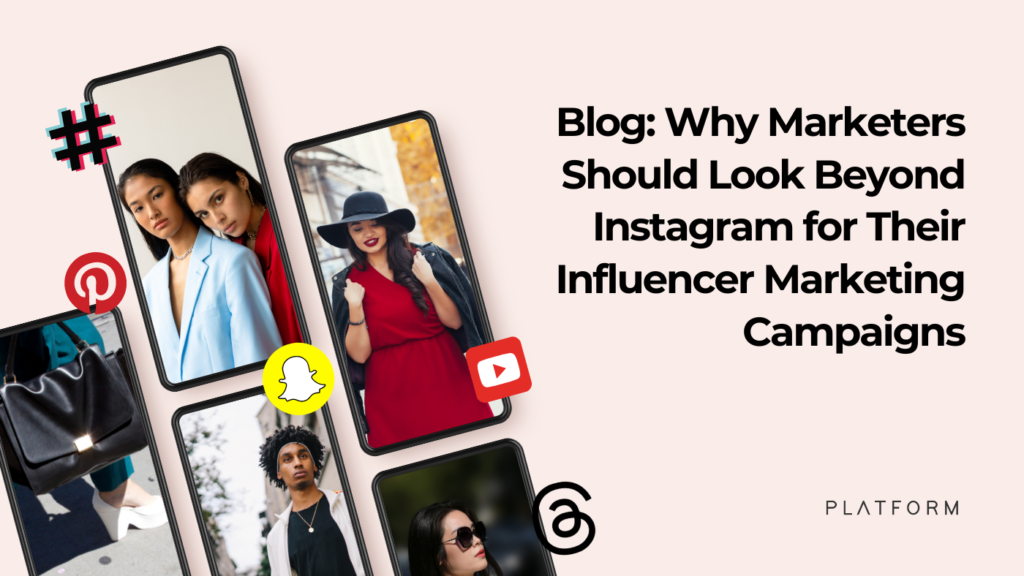
Instagram has long been the darling of influencer marketing, and for good reason. Its visual-centric platform, combined with a user base of over a billion, makes it a prime spot for brands to showcase their products. However, as the digital landscape evolves, marketers need to diversify their strategies. Platforms like TikTok, YouTube, Pinterest, and Snapchat offer unique advantages and cater to users at different stages of the buying process. Let’s delve into why these platforms deserve a spot in your influencer marketing strategy.
1. TikTok: The Power of Virality
Pros:
Consumer Journey Stage: Awareness. TikTok is perfect for introducing new products or brands. The platform’s spontaneous nature means users are open to discovering new things.
2. YouTube: Deep Dives and Trust Building
Pros:
Consumer Journey Stage: Consideration. When consumers want to know more about a product, they turn to YouTube for detailed reviews and tutorials.
3. Pinterest: The Idea and Inspiration Hub
Pros:
Consumer Journey Stage: Interest & Planning. Users on Pinterest are often in the planning phase, whether it’s for home decor, fashion, or recipes. They’re gathering ideas, making it a prime time to introduce your product.
4. Snapchat: Real-time Engagement and Young Audiences
Pros:
Consumer Journey Stage: Engagement & Retention. Snapchat is great for keeping your audience engaged and building brand loyalty, especially for brands targeting younger demographics.
Hitting Consumers at Different Points of Consideration
Understanding where your audience is in their buying journey is crucial. By diversifying your influencer marketing strategy across platforms, you can:
Each platform offers a unique way to connect with audiences. By leveraging the strengths of each, brands can create a holistic influencer marketing strategy that accompanies consumers throughout their journey, from discovery to purchase.
In conclusion, while Instagram remains a powerhouse for influencer marketing, it’s just one piece of the puzzle. Embracing a multi-platform approach not only diversifies your reach but also ensures you’re connecting with consumers at every stage of their journey. As the digital landscape continues to evolve, so should your influencer marketing strategy.